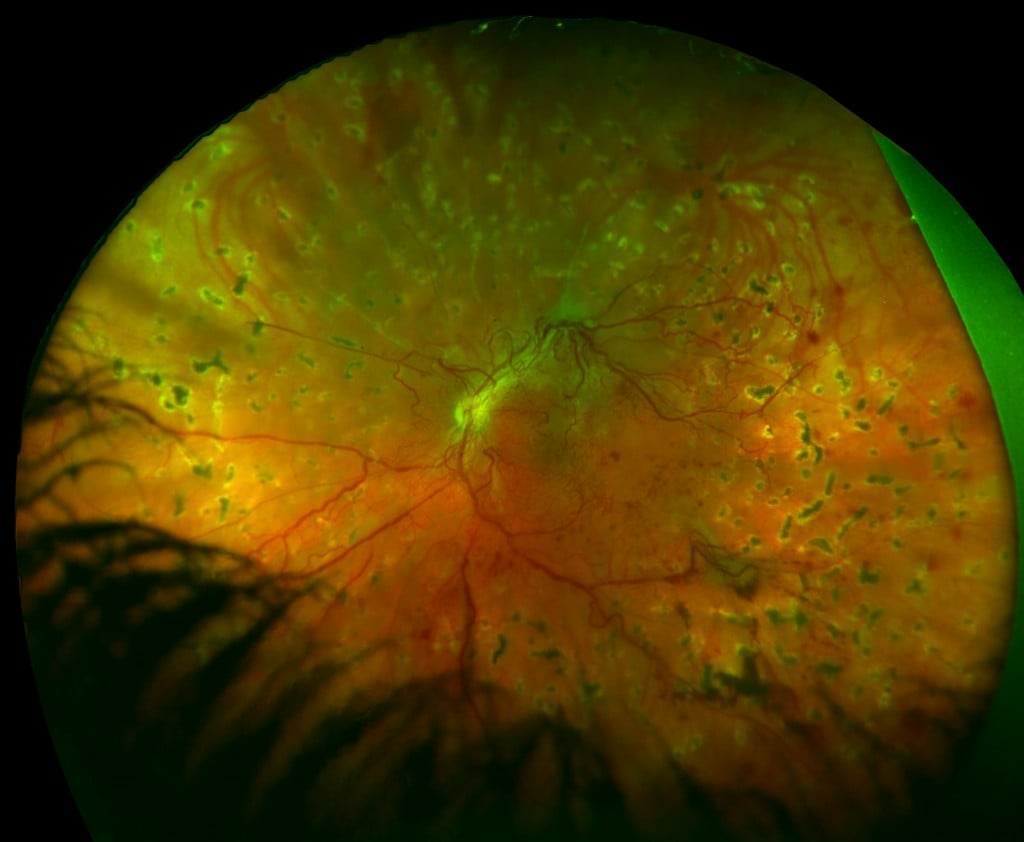For many aging adults, seeing is everything, and eye health becomes even more important during their Golden Years. Although there are many eye health conditions that may affect older adults, three of the most common eye health conditions include cataracts, glaucoma and diabetic retinopathy. Taking good care of your eyes and visiting your eyecare professional every year is essential for early detection and effective treatment of these conditions.
Cataracts
Cataracts cloud eye lenses and can occur in one or both eyes. Although cataracts develop slowly over time, it can eventually interfere with your vision. Symptoms of cataracts include dim or cloudy vision, sensitivity to light or glare and the fading or yellowing of eye color.
Glaucoma
Glaucoma refers to a series of diseases that damages the optic nerve in the eye, causing vision problems and even blindness. Early detection is essential for treating glaucoma and preventing the progression of this condition, which occurs as pressure from fluid builds up behind the anterior chamber of the eye.
There’s no cure for glaucoma, but early detection allows for effective treatment with medication or surgery. A yearly eye exam is the best way to ensure glaucoma is detected before it results in the loss of peripheral or central vision.
Diabetic Retinopathy
It’s estimated that 30 percent of diabetics over the age of 40 have diabetic retinopathy, a progressive condition of the retina resulting from damage to tiny blood vessels, which causes swelling of the retinal tissues. Cloudy vision, spots in your field of vision and dark spots in the center of your vision are common signs of diabetic retinopathy.
Diabetic retinopathy doesn’t discriminate by age, but the longer a patient suffers from diabetes, particularly from type 1 diabetes, the more likely it will occur. Furthermore, it’s the fourth most common cause of blindness in older adults. Other risk factors include the use of insulin and high systolic blood pressure.
Detection and treatment of diabetic retinopathy requires retinal examinations that include imaging from devices like those provided by Optos. So when you’re headed to your eyecare provider this year, be sure to ask for optomap to be included in your comprehensive eye exam.
